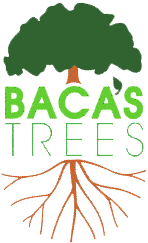The Power of Green Space
Gardens around the world are favorite visiting spaces for travelers. There is something about being among the life that is within gardens that bring us peace. Studies show that healing from an illness or injury is accelerated when the patient can see a tree from their window and even more so if they can spend time in a garden. For this reason, gardens are incorporated in hospital and convalescent facilities.
Some of our favorite places in Albuquerque are green spaces such as the UNM duck pond, the zoo, and the botanical gardens. Some may argue that we live in a desert and greenery comes at a premium. This is true. We may not be able to sustain lush grass or backyard streams and ponds but, we can bring life to our living space.
There are several grasses that we can sustain and our desert plants can be beautiful and life giving. Lavender and potentilla, to name a few, flower all summer long. I love watching the bees dance over the Rosemary and the Texas sage as they bloom. Bird of Paradise, Vitex, and Desert Willow provide showy flowers all summer and take very little water. Some trees such as fruitless Mulberry and Bur Oak provide enough shade to drop the temperature 10 degrees! Their strong limbs can hold a back yard swing or even a zip line.
COVID lockdown was our “Come to Jesus” moment. During this time, when people were forced to stay home, we started to create the green space in our yards that we wanted to come home to. Dining al fresco at home was fun and helped to make this difficult time tolerable and even enjoyable.
Did I mention the peace that comes from working in the garden? Mindless tasks that give us a sense of pride and accomplishment help us to work through anything. Give us a hand pruner and an unruly shrub, and we can solve the problems of the world!
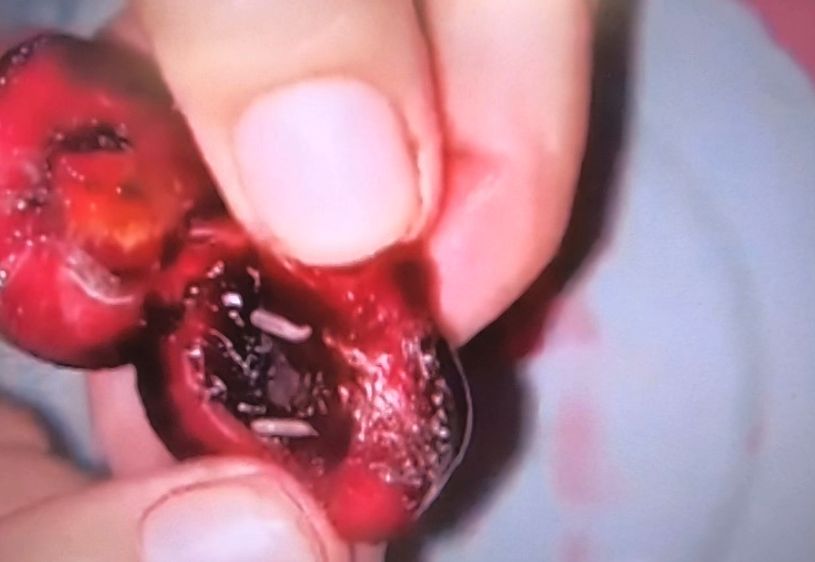
I Have Worms In My Cherries
Two years ago, I had one client complain of worms in their cherries. This year there have been dozens! People usually don’t complain until the problem has existed for at least 2 or 3 seasons. This is becoming a huge problem for us. In previous years, this bug has stayed away from our hot, dry climate but now they are here with a vengeance! The females penetrate the skin of the cherry and lay their eggs inside the cherry. That egg then morphs into a worm.
Controlling this bug is ridiculously difficult. Since the egg is laid inside the fruit, dormant oils are completely ineffective. The recommendation is to spray your tree every week with Spectricide from the time the fruit begins to get a tint of color until harvest. It is also recommended that you use pheromone traps. If you have worms in your cherries, there is some good news. Before I go on, let me acknowledge that biting a cherry with a worm in it is disgusting. Even seeing a cherry with a worm is enough to make you queasy.
First, the worms are edible. They will not live in you and eat you from the inside out. They are just an added source of protein. Second, they float. If you pick wormy cherries and put them in a bowl of water for a little while, the worms float to the top. Again, disgusting but at least you don’t lose all your fruit. It’s not like you can cut around them like you do with wormy apples.
Sadly, the customer who first complained, removed their tree. He could not see value in keeping a fruit tree when the fruit is inedible. I guess we can say that worms cause insanity.
If you have a cherry tree, get a pheromone trap as a preventative measure. If you have worms in your cherries, tell your neighbors so they can proactively work on prevention.
On a personal note, I will be vacationing in April for 2 weeks. This is the first time I am vacationing during the busiest month of the year but, I was offered a once in a lifetime trip that I just couldn’t pass up. If you have been putting off a visit, call right away.
I am always humbled and a little surprised that people read this email. Your most valuable possession is your time. Thank you for taking the time to read this. I hope it continues to add value to your world. I usually write about what I see as I visit people and trees. Please send suggestions for content.
Thank you …
Camille the Arborista
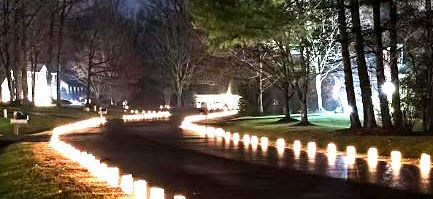
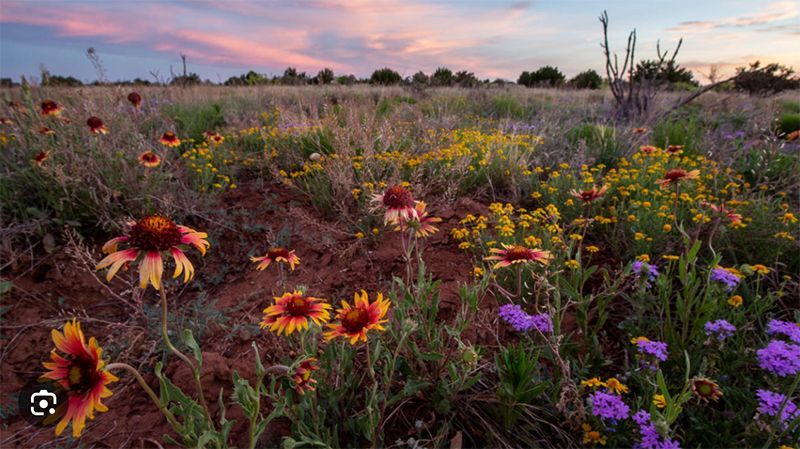
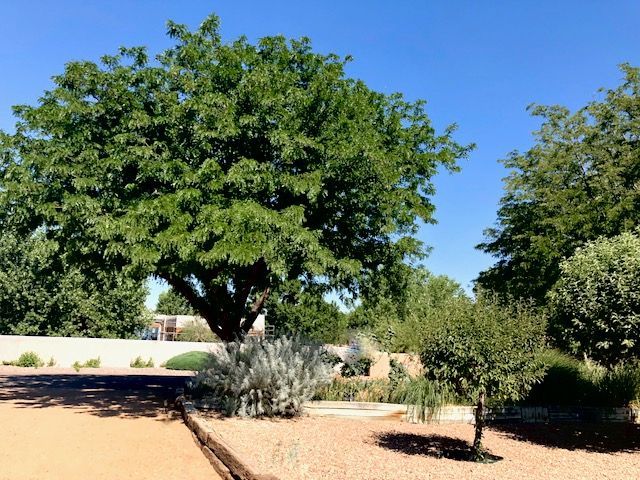
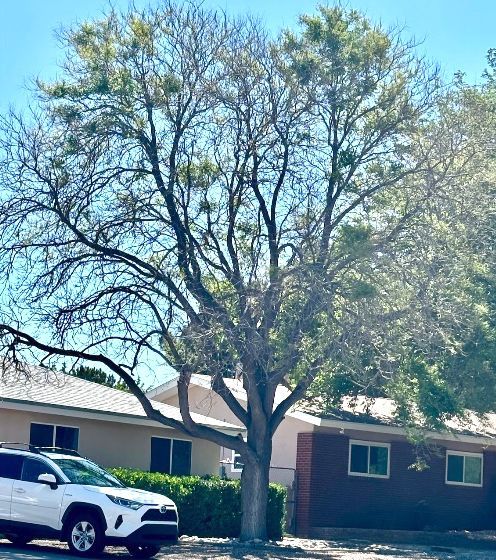

About Us
For more than 40 years, Baca’s Trees has been offering ISA Certified Arborist services and tree removal in Albuquerque and the neighboring New Mexico cities.
All Rights Reserved

